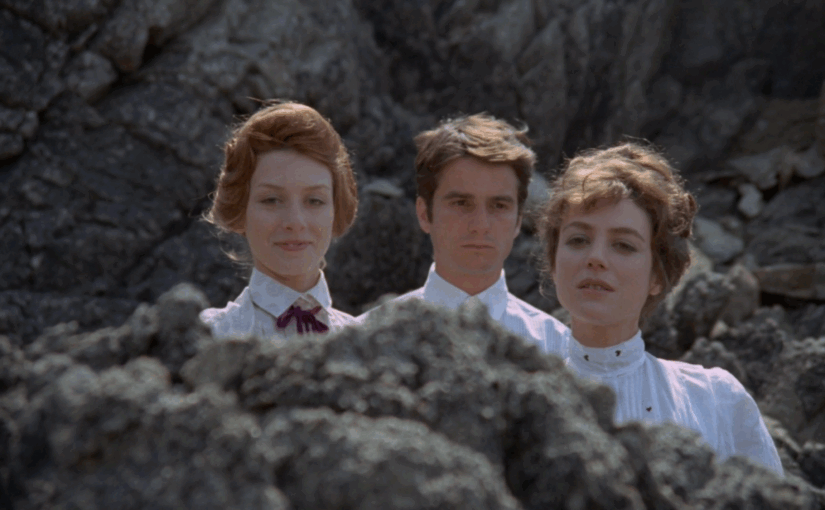François Truffaut | 2hr 10min

The first time François Truffaut adapted the young adult literature of Henri-Pierre Roché on film, he shook up the entire artform with Jules and Jim, telling the story of two male friends who fall for the same woman. When he directed Two English Girls nine years later, the love triangle which forms between aspiring French writer Claude and English sisters Muriel and Ann bore extraordinarily close resemblance to its gender-swapped counterpart, though it is evident that this is no accident. Much like Roché himself, Claude distils the romantic experiences of his youth into a semi-autobiographic novel pointedly titled ‘Jerome and Julien’, trying to heal his broken heart through artistic self-expression.
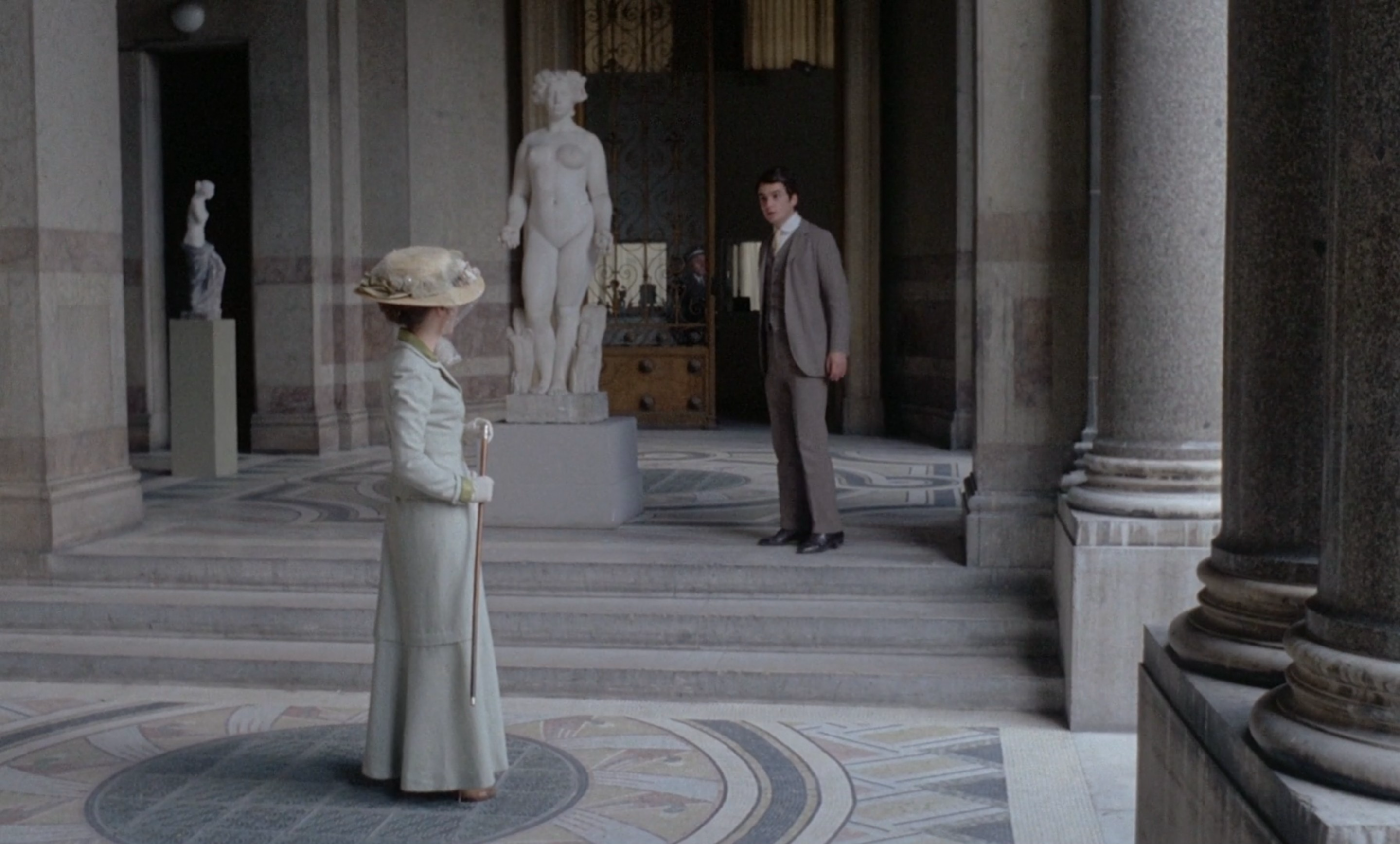
Once again, Truffaut makes Roché’s work his own in Two English Girls, casting himself as our omniscient narrator. Through this voiceover he lifts passages directly from the source material, imbuing Two English Girls with a literary quality that probes the interior thoughts of his characters, and condensing lengthy conversations into prosaic summaries. Particularly in the early days of Claude and the Brown sisters’ burgeoning friendship, the rhetoric devices that Truffaut attaches to their leisurely adventures tenderly defines each individual in relation to the others, while uniting them as a whole under self-reflective similes.
“They stopped to gaze at a waterfall. They agreed that the upper smooth falls were like Ann, the turbulent splashes were like Claude, and the calm pool beneath like Muriel.”
Truffaut’s voiceover is not alone though, as letters and diary entries written by our three leads are often expressed in this pensive form too, while on a couple of occasions he even cuts to them directly addressing the camera. “Your ironic raised eyebrow, your face when you laugh, are etched inside me,” Claude romantically writes with Muriel on his mind.
“Each day is a new step. I imagine you as my wife, raising a child in our home. This vision enthrals me.”
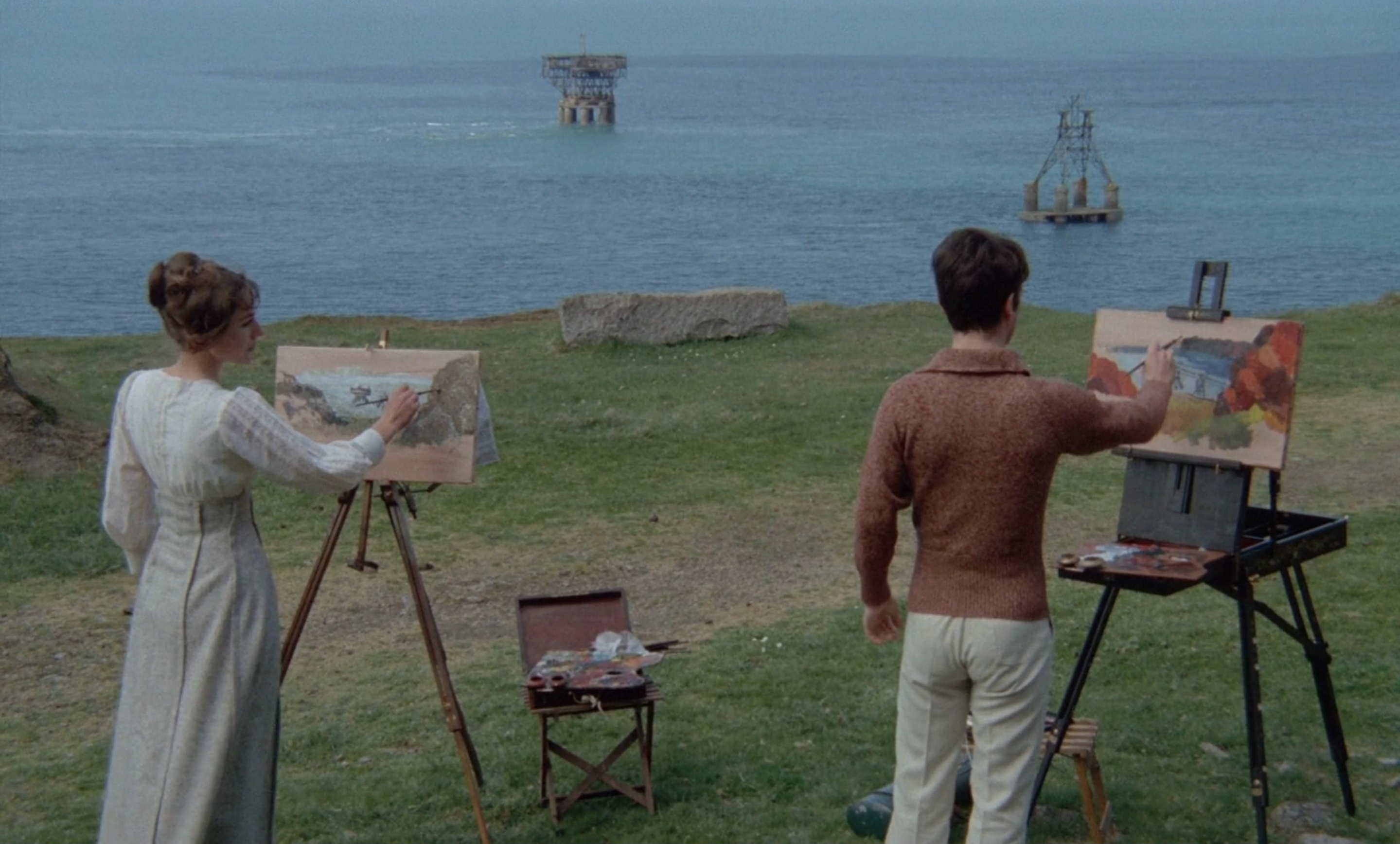

These days spent in the Browns’ seaside cottage atop the craggy, green cliffs of Wales may be the most joyful of their lives, held up as a vision of youthful bliss by Néstor Almendros’ ravishing cinematography. Truffaut often frames their interactions outside the house from a high angle, turning the ocean into a serene backdrop, and the lush gardens into a fertile paradise. There, Ann finds immense inspiration for her oil paintings, while Muriel is given the time and space to soothe her damaged eyes. The 1900s period décor that adorns the interiors here are equally handsome, especially in Truffaut’s use of bright blue, mottled wallpaper that sets an oceanic contrast against the harsh red walls of Claude’s home back in France.


With both Muriel and Claude’s mothers objecting to their proposed matrimony, Paris is where he inevitably returns, abiding by their deal that the two lovers may marry if they are able to spend a year apart from each other. While Muriel yearns for her fiancé back home though, it unfortunately doesn’t take long for Claude to fall into bohemian circles and promiscuous affairs, eventually driving him to eschew all romantic commitments so that he may focus on his career as a writer.
This might almost end their connection altogether were it not for Ann’s visit to Paris some time later as a successful painter, thus beginning a new relationship – at least until she heads off to Persia with another man. Over the following years, the two sisters’ irregular visits to the French city keep Claude in a constant state of turbulence, cycling between the outgoing, adventurous Ann and the quiet, sensitive Muriel.

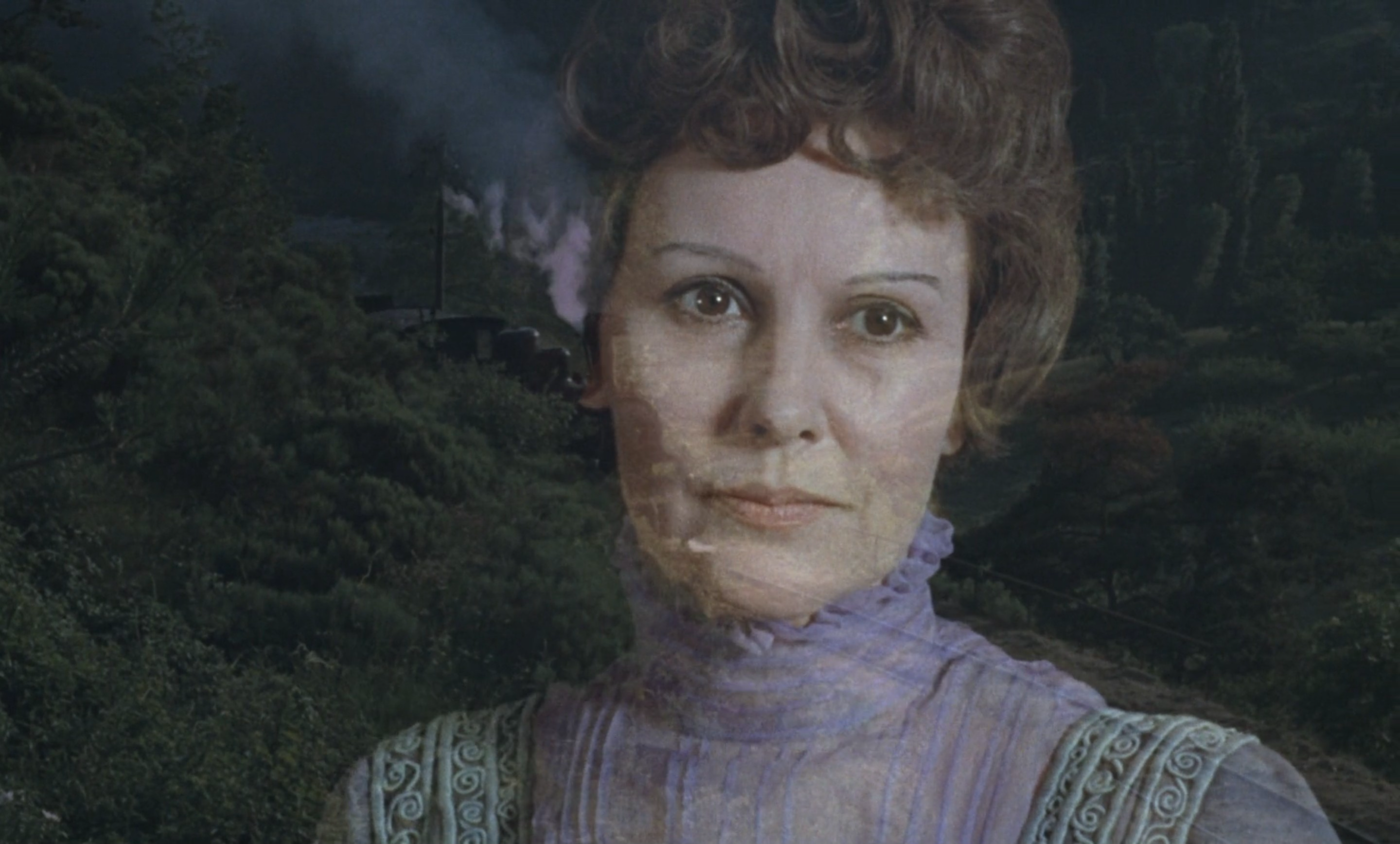
Though Two English Girls spans almost a decade of these characters’ lives, Truffaut does not rush his narrative, but much rather prefers to savour each individual encounter before skipping ahead in time. In the absence of literary chapters, his elliptical editing frequently bridges scenes in gentle fades to black, while closing out episodes in their lives with iris transitions calling back to cinema’s silent era. The playful energy that these bring is distinctly set apart from the melodramas of Truffaut’s classical Hollywood precursors, especially given his light-hearted indulgence in his characters’ sexual exploits, though he has certainly at least taken on their influence in his picturesque recreation of 1900s Europe.
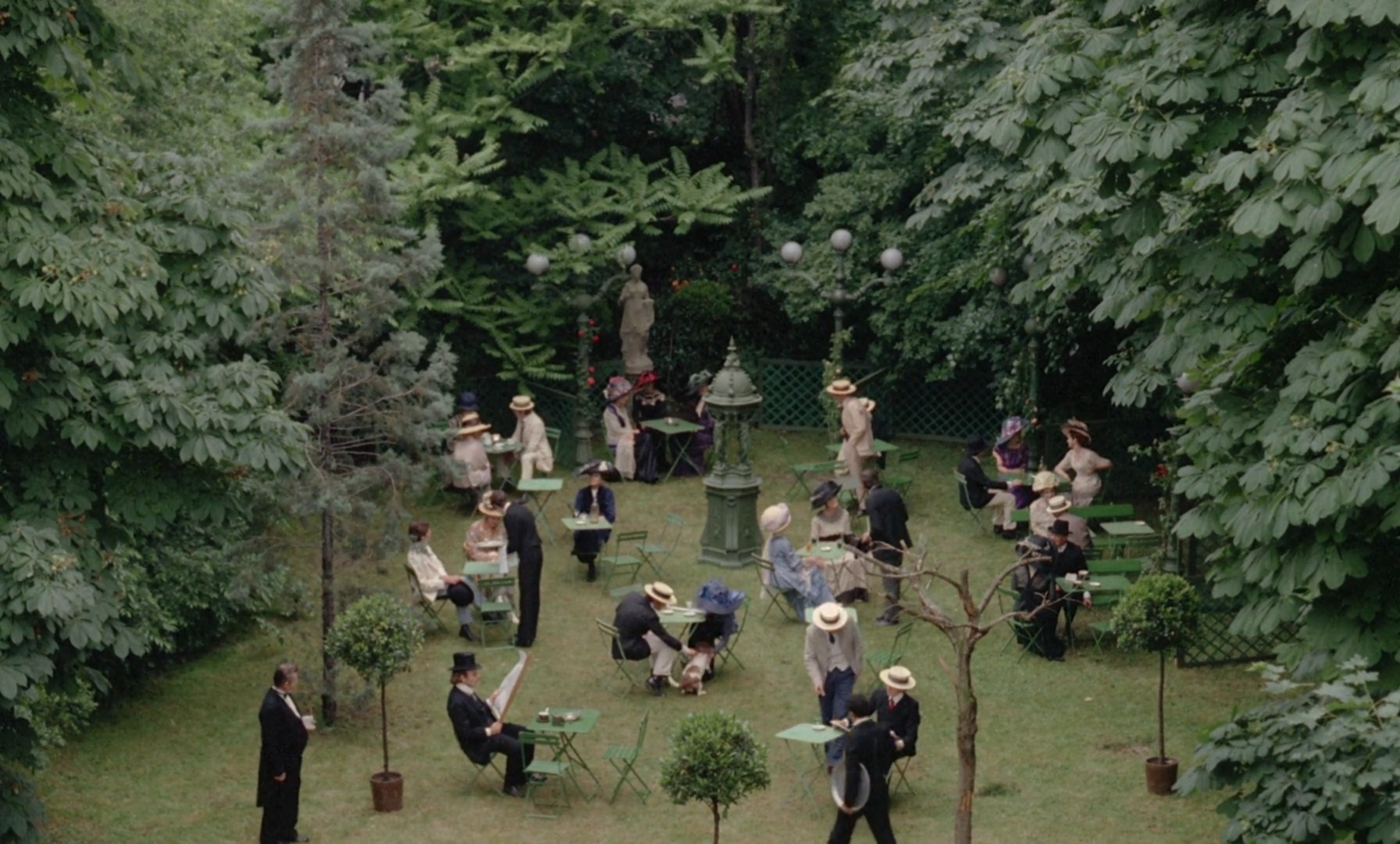
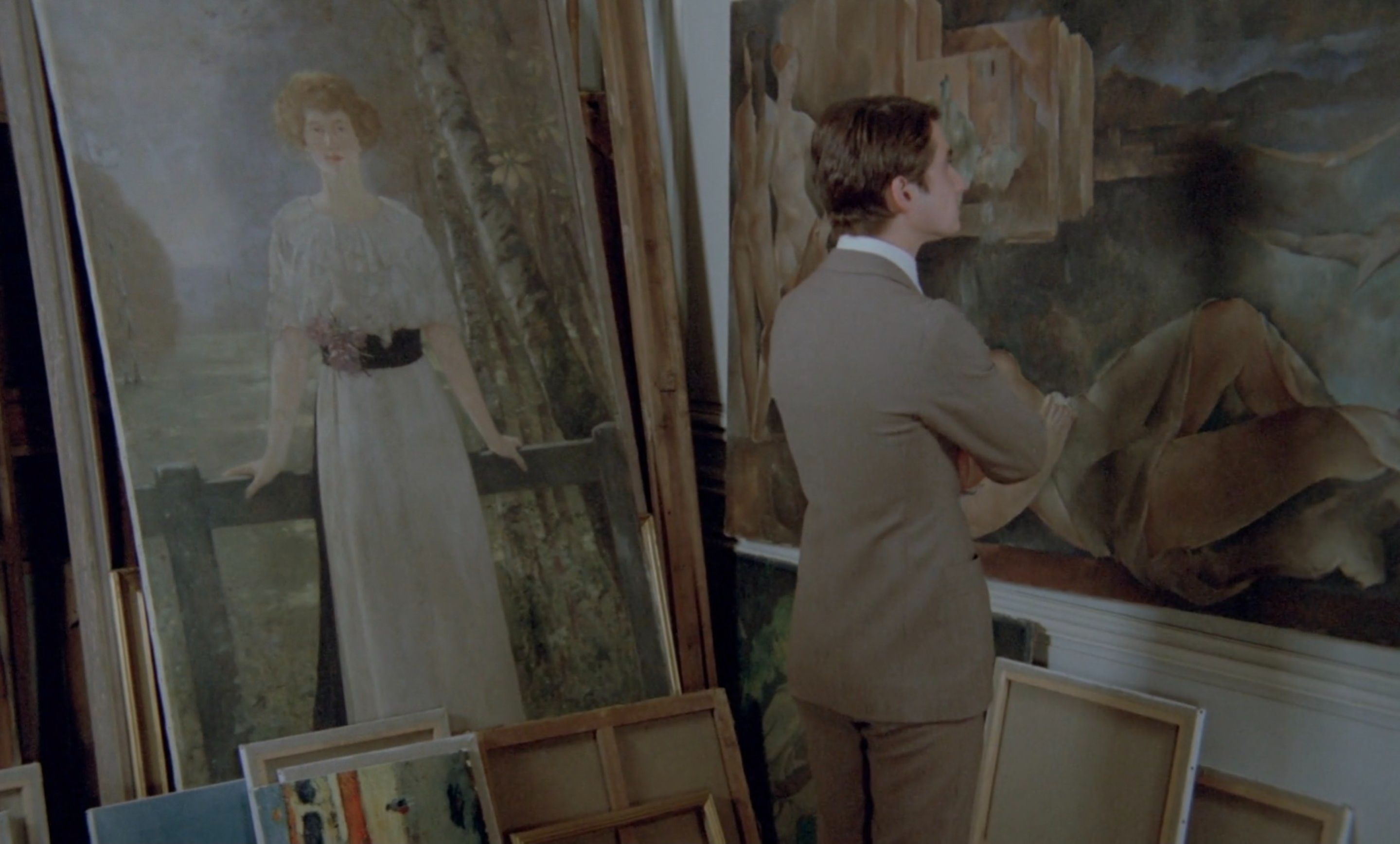
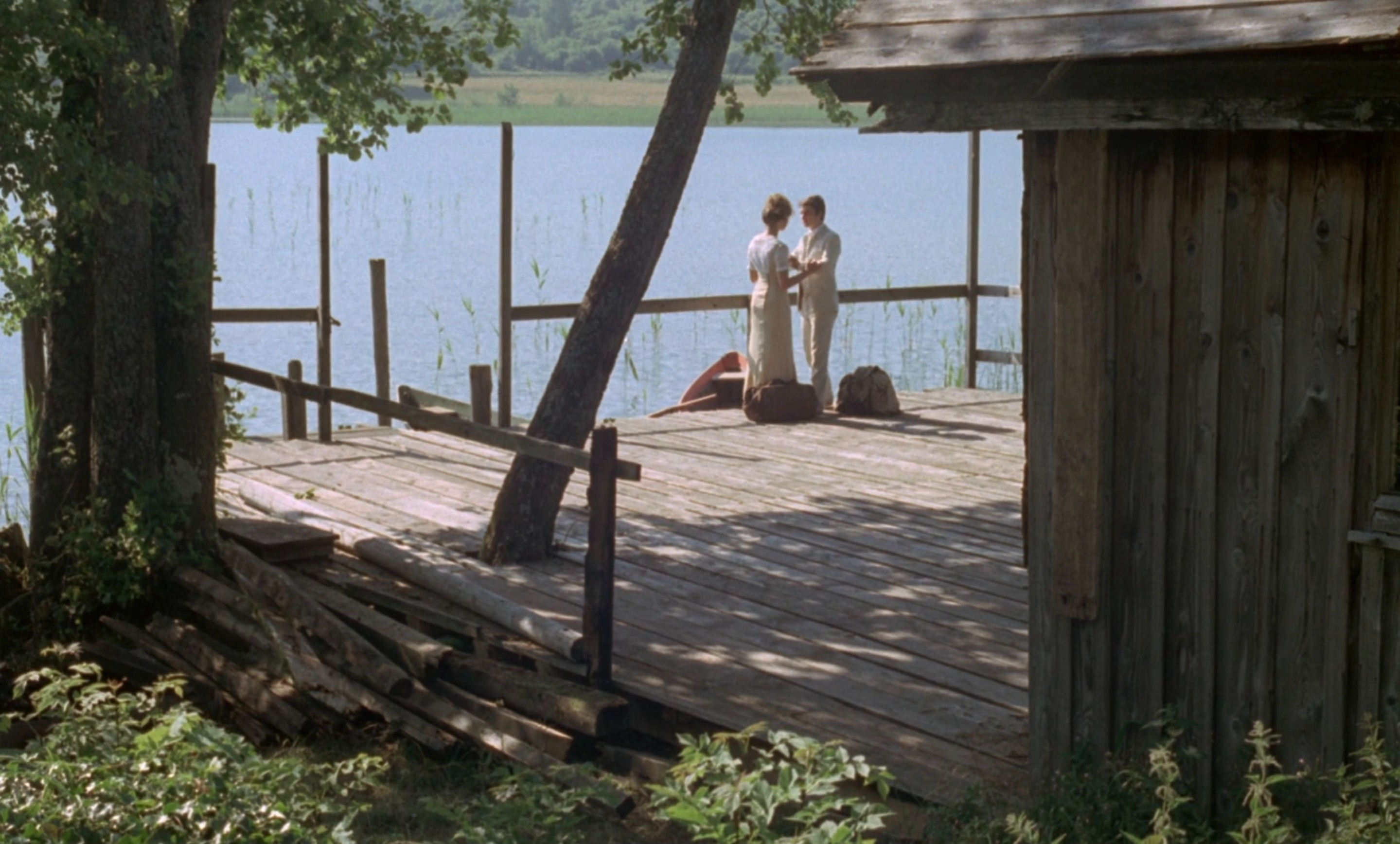
Ann’s art studio which she sets up in Paris is a highlight of bohemian production design, its rough sketches, relief sculptures, and messy array of supplies curiously studied by Truffaut’s floating camera, while the cabin that she and Claude stay in by a lake makes a gorgeous setting for the consummation of their relationship. Elsewhere, Muriel’s most beautiful scenes keep her at a lonely distance, seeing her write broken-hearted diary entries from behind a rain-glazed window and super-imposing her face over passing country views outside a train. The love that Claude holds for both women cannot be compared, though Truffaut elevates them equally in his protagonist’s eyes, even as their desires and insecurities frequently escape his efforts to keep one or the other by his side.
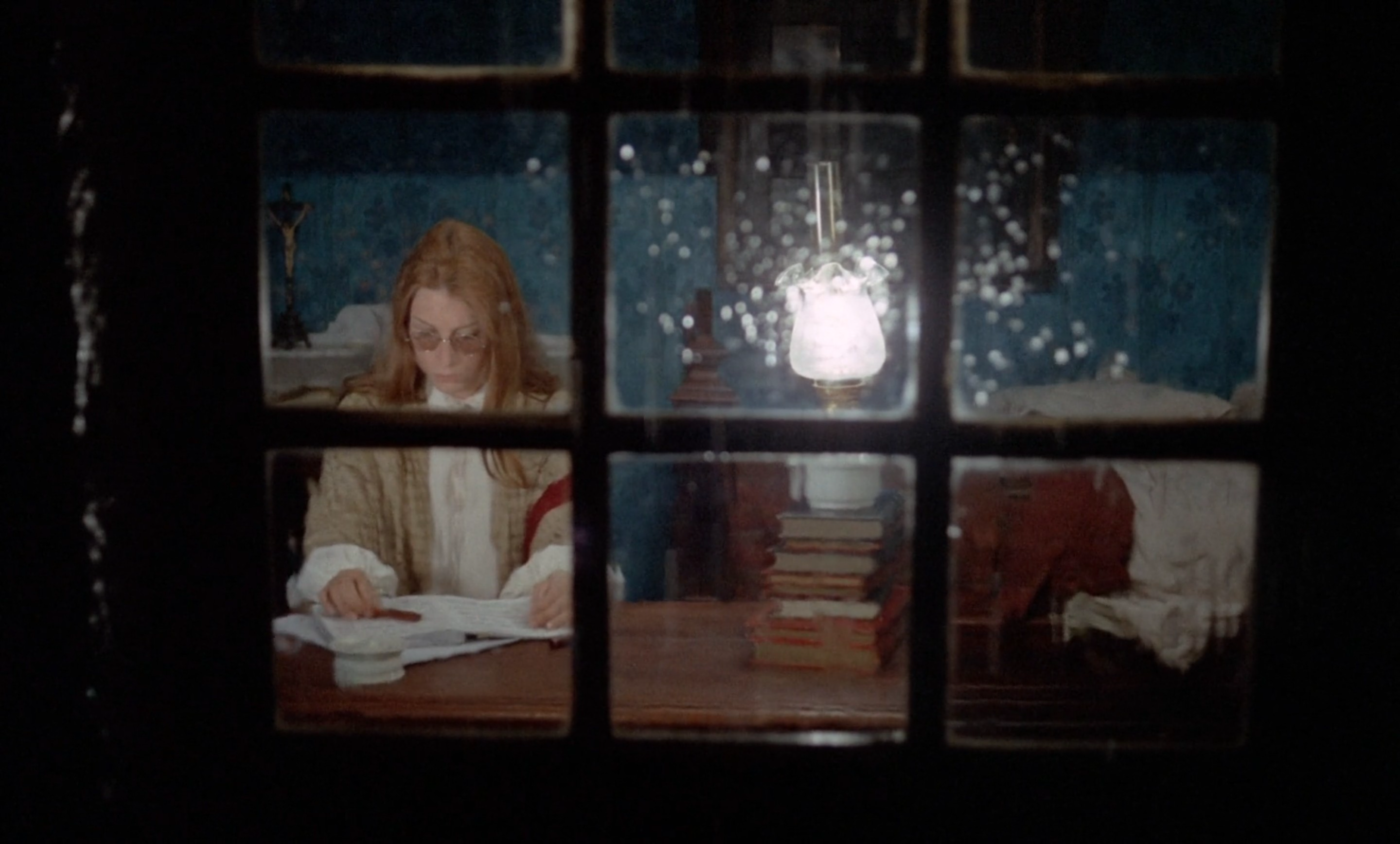
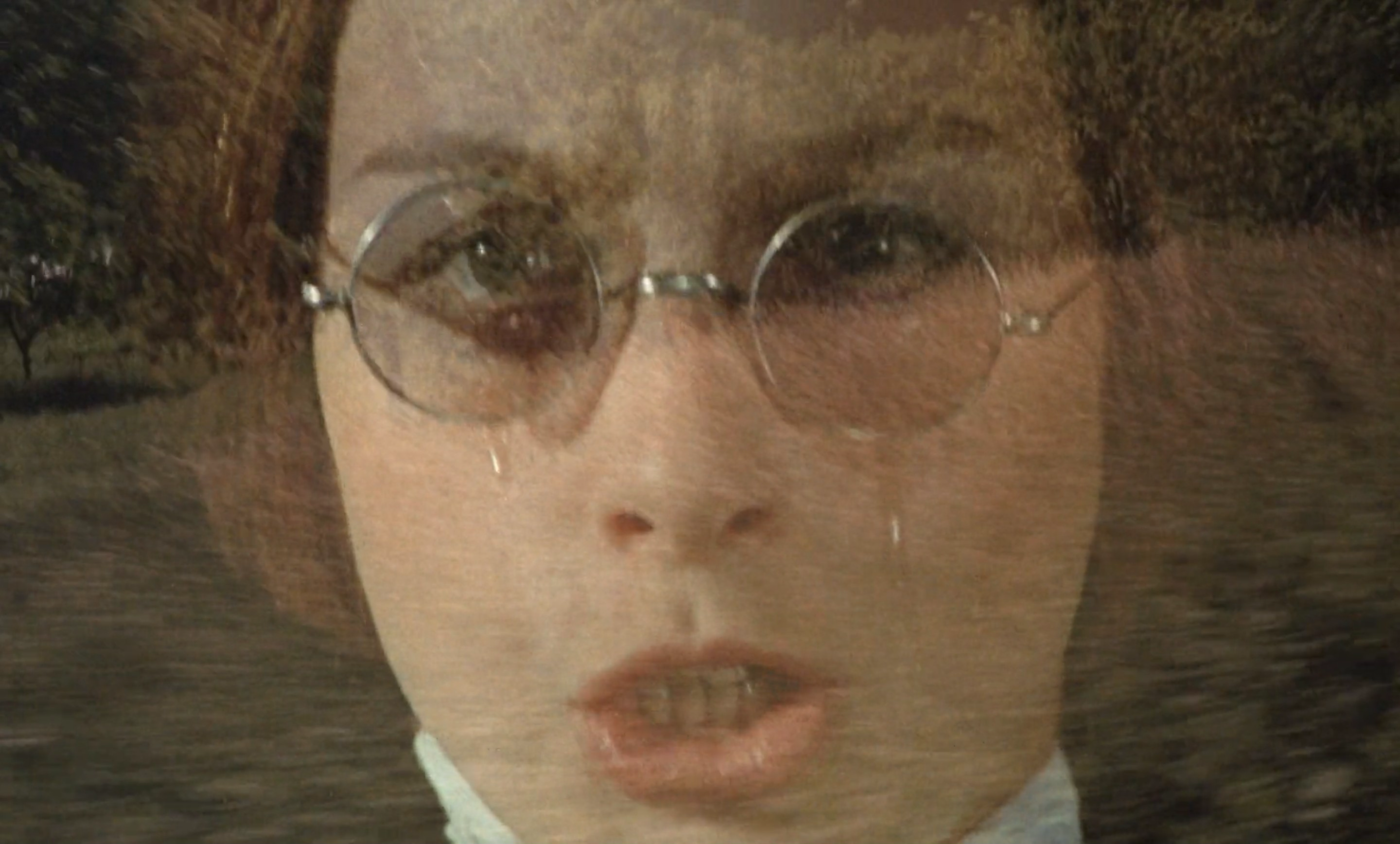
That Claude is still single fifteen years later in the epilogue of Two English Girls reveals just how deeply both women scarred his heart, with an ailing Ann eventually passing away and Muriel deciding that he could never be a father to her children. “We only recognise happiness in hindsight,” she once wrote, and now as he observes a group of young English girls playing in Paris, it is apparent that these words have stuck in his mind. Perhaps if there is one who bears resemblance to Muriel, then it could be her daughter, returning a trace of her mother and aunt’s essence to the streets of their youth. As far as Truffaut is concerned though, these are simply the musings of a middle-aged man who only chased after real love when it was too late, now left to mourn the memories of two beautiful women who disappeared with his heart into the ether.

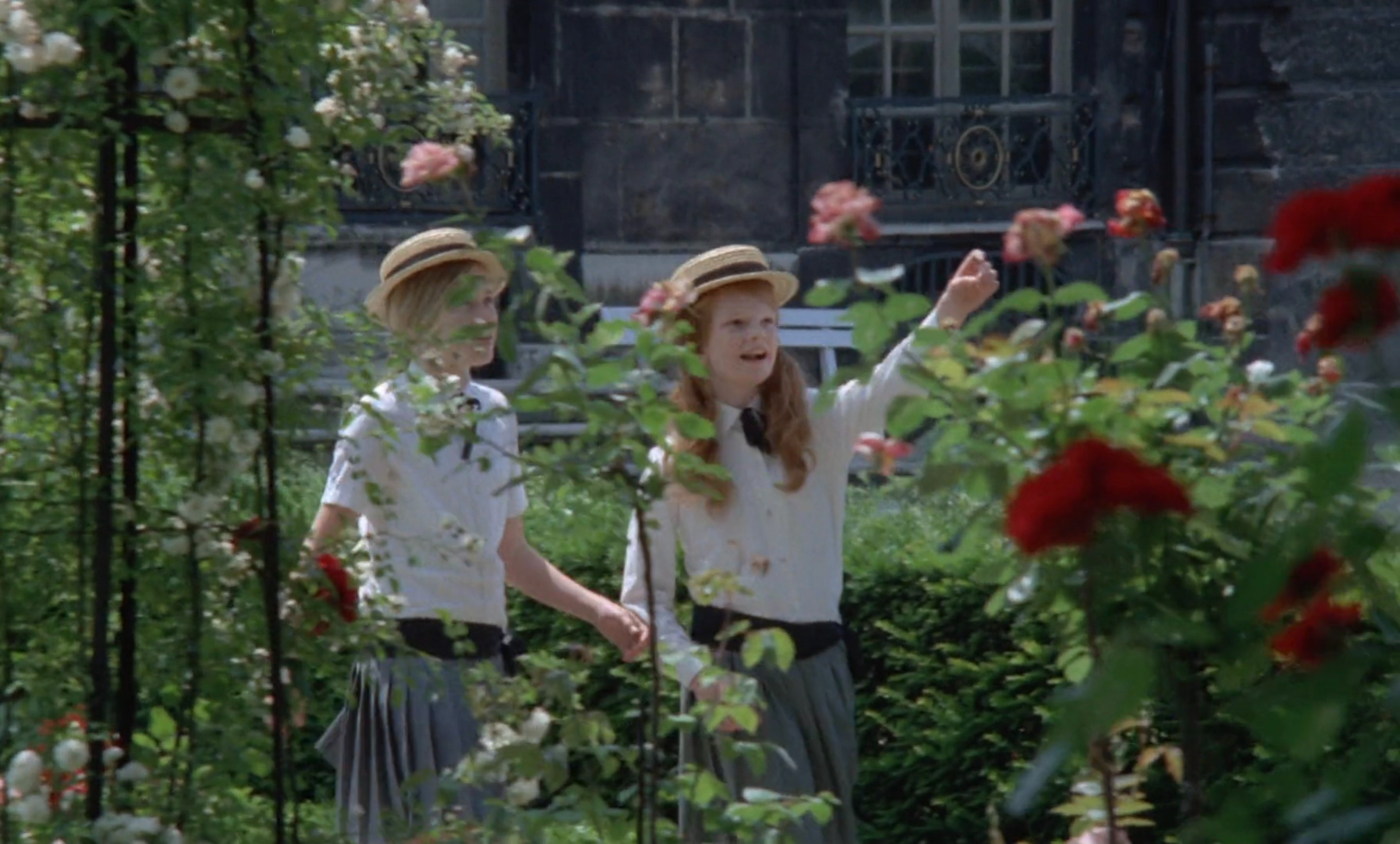
Two English Girls is currently streaming on The Criterion Channel, and is available to purchase from Amazon.

